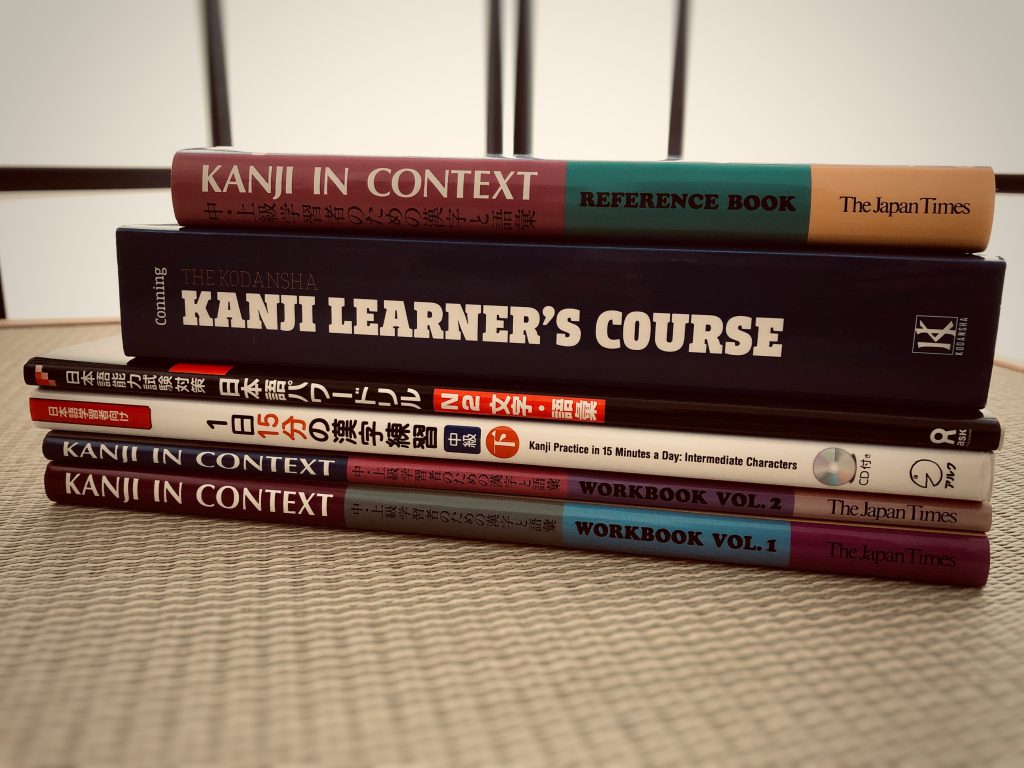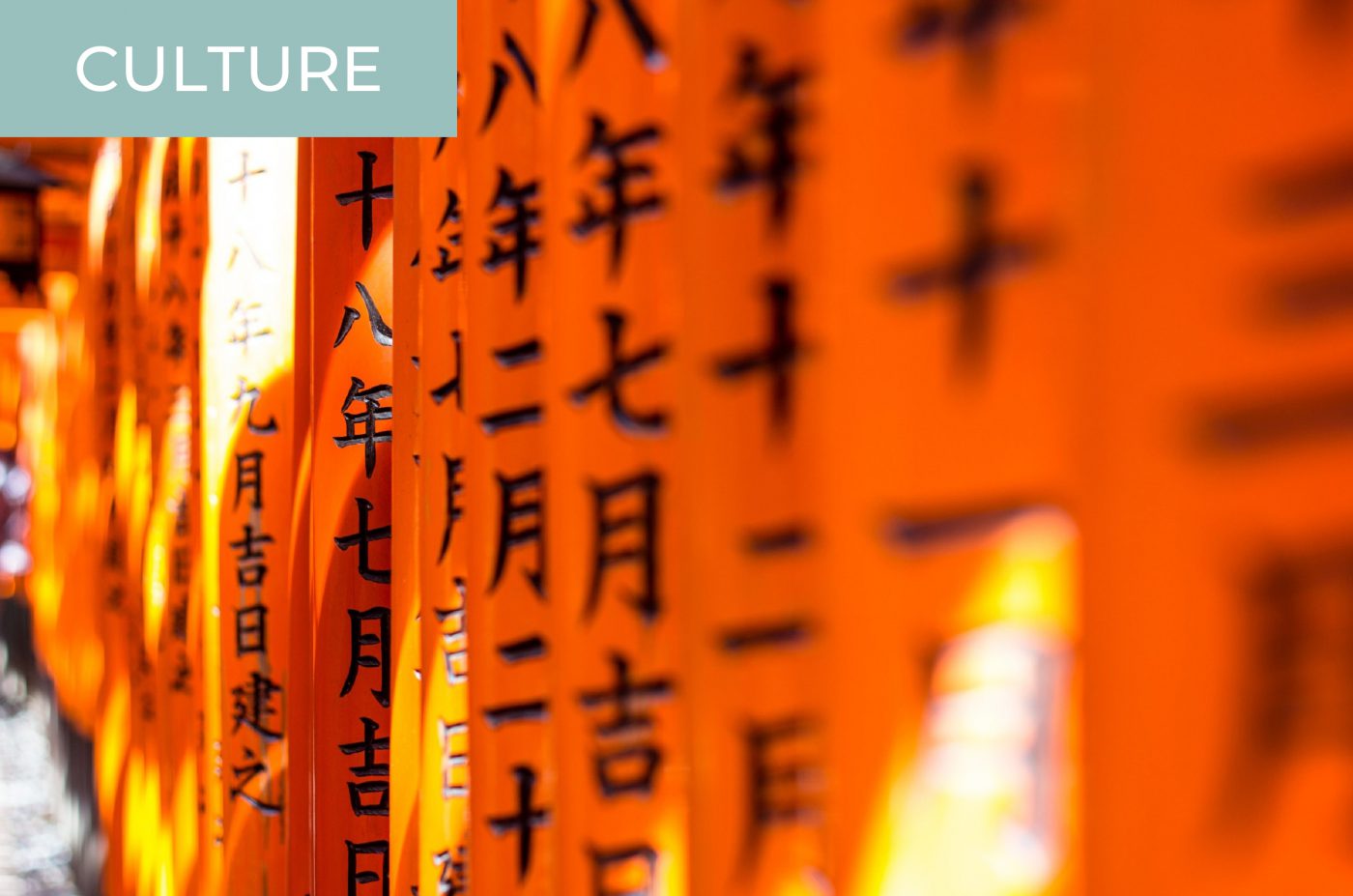In the first part of this series, I outlined what it takes to become literate in Japanese, and like a mid-trilogy Hollywood movie, I ended up on a down note laced with a glimpse of hope. Although there are endless permutations of 2,136 joyo kanji characters to memorize before you can achieve Japanese literacy, there are tools and methodologies that make this feat possible. In this article, I’ll introduce two of the most popular ways for busy professionals to learn kanji and how you can determine which method is right for you.
Dueling Methodologies
Visit any internet forum on Japanese learning and you’ll discover endless debates regarding the best way to master the 2,136 joyo kanji. Battle lines are typically drawn between Wanikani—an online, mnemonic-based digital flashcard system—and the Heisig Method found in the Remembering the Kanji book series that pioneered mnemonic-based kanji learning.
Both methods are equally praised and criticized depending on who you follow, so how do you know which one is right for you? It all depends on how you plan to use Japanese. Before I elaborate, let’s look at the key points of each system.
Wanikani
Developed by Tofugu, Wanikani offers several unique features that will expedite your kanji learning:
- Radicals: Unlike the classroom or textbook kanji learning approach, Wanikani breaks kanji characters down into their simplest base components known as radicals. Even the most complex kanji characters can be reimagined as combinations of simpler characters and radicals, learned in a prescribed order. Learning becomes a lot easier when you can visualize 驚 (surprised), as a combination of previously learned radicals such as 苟 (poem), 夂 (winter), and 馬 (horse). So how does one get from “poem,” winter,” and “horse,” to “surprised”? That’s where Wanikani’s next feature comes in.
- Mnemonics: Every radical, kanji, and vocabulary word that you need to memorize via Wanikani is associated with a mnemonic, a story that hooks kanji meanings and readings into your memory and aids with recall. For example, Wanikani ties all the above meanings together with the following mnemonic: “If you can write an interesting poem about winter while riding on a horse, I’ll be pretty surprised.”
- Context: Once you get a decent number of kanji under your belt, you’ll realize that learning each character in isolation is no longer effective. To master all of the different sounds and meanings a kanji can take on, context is critical. Wanikani provides context by teaching you vocabulary words alongside the aforementioned kanji and radicals. For example, combining the kanji characters for “surprise” (驚) and “sigh” (嘆) gives you the vocabulary word “admiration” (驚嘆).
- Spaced Repetition System (SRS): These days, any digital flashcard system worth its weight in code will utilize an algorithm to ensure that you maximize your study time by focusing on the content that’s hardest for you to recall. Wanikani is no exception. If you are fortunate enough to have the time to stick to its proprietary algorithm, you can learn over 2,000 kanji and 6,000 vocabulary words in under two years (realistically, for most working adults, this will take significantly longer).
Despite all of the features above, Wanikani is not for everyone. Rigidity and inconsistent pacing are common complaints about this platform. Already know 500 kanji? Too bad—you have to start from the beginning like everyone else. Make a typo while answering a flashcard? Tough luck—Wanikani’s algorithm treats that typo no differently than a legitimate mistake. Fortunately, tech-savvy studiers can work around some of Wanikani’s shortcomings with user-made modifications.
The Heisig Method
The Heisig Method is named after James W. Heisig, author of the Remembering the Kanji book series. Born out of Heisig’s desire to learn kanji in the fastest, most logical way, this method also pioneered the practice of using mnemonics and the mastery of radicals (or “primitive elements” as Heisig refers to them). Beyond these two similarities, however, the Heisig Method differs from Wanikani in three important ways:
- The Heisig method is decidedly analog. You’ll need at least the first two volumes of Remembering the Kanji to master all of the meanings and readings of the joyo kanji characters. That being said, you can augment your learning with a digital flashcard systems such as Anki, Kanji Koohii, or the official Remembering the Kanji app.
- Following Heisig’s method by the book (no pun intended) means that you will have to learn to write every kanji character you study. This could be an advantage or disadvantage, depending on your goals.
- By the time you reach part two of the first book (about 300 kanji in), you will have to start creating your own mnemonics (stories) for the kanji characters. This is excellent for enhancing memory and retention, however, figuring out clever stories that link kanji to their meanings can be time consuming. Fortunately, you can find plenty of stories made by other Heisig Method fans online.
The main advantage of the Heisig method is the speed at which you can get up and running with basic kanji comprehension. You can theoretically complete the first volume and learn the basic meaning of 2,200 kanji in a matter of months (once again, working adults should temper their expectations).
And, therein lies the rub. One of the most common criticisms of the Heisig method is a false sense of accomplishment. After spending months getting through the first volume of the book, you’ll only know the meanings of each kanji—not any of their multiple readings (how they are pronounced).
In summary, after completing the first volume of Remembering the Kanji, you may be able to get the gist of a Japanese newspaper article, but you wouldn’t be able to read it out loud. The subsequent volumes are helpful, but they are not self-contained learning systems. Therefore, most Japanese learners move on to other study methods after completing the first book.
Which Method Is Right For You?

Debating which of the above methods is superior is futile since there’s no silver-bullet solution when it comes to learning a new language. Instead, consider your goals and living situation, and try the method that’s right for you.
Consider Wanikani if you:
- anticipate the need to frequently read Japanese out loud (e.g. working in a Japanese office)
- prefer to learn all of the elements of a single kanji simultaneously (at the cost of learning speed)
- don’t mind a rigid system with a strict, predefined methodology
- don’t need to write a lot of kanji by hand
Consider the Heisig Method if you:
- want to achieve kanji comprehension as quickly as possible (at the cost of being able to actually read kanji)
- prefer the flexibility of making your own custom flashcard decks and mnemonics
- need to know how to write kanji by hand
When in doubt, take each method for a test drive. Wanikani offers a free trial, and you can legally download a free sample of Remembering the Kanji right here.

Alternative Paths to Literacy

Despite their popularity, Wanikani and the Heisig Method certainly aren’t the only ways to learn kanji. Both of these methods fail learners who have already made significant progress with their studies. This is because Wanikani and the Heisig method both require you to start from scratch.
You can always come up with a custom method that works for you. It may be just a matter of picking up a textbook that catches your eye, firing up your favorite flashcard app, and consistently putting in the work.
Whatever method you use, the key to mastering kanji as a busy adult is patience and persistence. Hearing stories of people mastering kanji in under two years can be frustrating, but you must take your unique situation into account. Perhaps you’re working full-time with family obligations. Maybe you spend your free time studying other aspects of the language (grammar, output, etc.).
I’m tempted to say, “Slow and steady wins the race.” But in reality, there is no race. Set a realistic goal and consistently study as much as you can every day. Do that, and you’ll eventually learn the kanji you need to know to enjoy a life of literacy in Japan.





